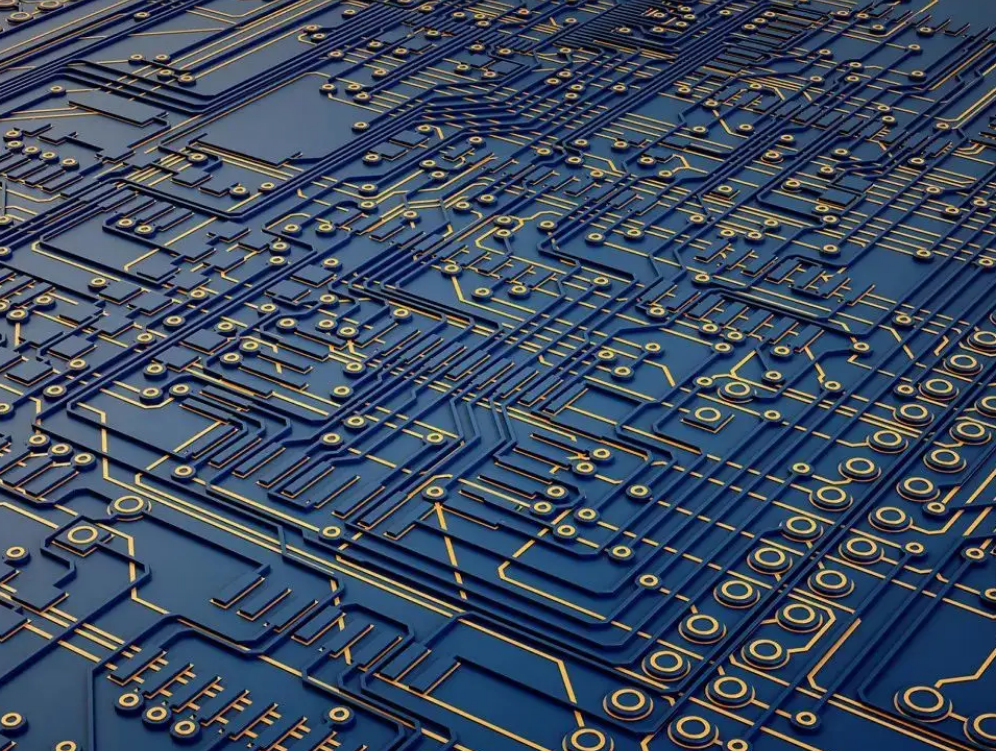The development of science and technology has promoted the development of power supply, so more power management chips are needed. Speaking of power management chip, as one of the chips most familiar to engineers, the so-called power management chip is a chip responsible for electrical power management in electronic equipment system, such as switching, distribution, detection and so on. Mainly responsible for identifying the power supply range of CPU, generating the corresponding short moment wave, and promoting the power output of the back circuit. In daily life, people rely more and more heavily on electronic equipment. The upgrading of electronic technology also means that people have high hopes for the development of power supply technology. Here is the main classification of power supply management technology.
1
Power management semiconductor
Power management semiconductor from the contained devices, the explicit emphasis on the power management integrated circuit (power management IC, referred to as power management chip) position and role. Power management semiconductor includes two parts, namely power management integrated circuit and power management discrete semiconductor device.
There are many types of power management integrated circuits, which can be roughly divided into voltage regulation and interface circuits. Voltage regulator includes linear low voltage regulator (LDO), positive and negative output series circuit, in addition to the pulse width modulation (PWM) type switching circuit, etc.
 Due to technological progress, the physical size of the digital circuit in the integrated circuit chip is becoming smaller and smaller, so the working power supply is developing towards low voltage, and a series of new voltage regulators emerge at the right moment.
Due to technological progress, the physical size of the digital circuit in the integrated circuit chip is becoming smaller and smaller, so the working power supply is developing towards low voltage, and a series of new voltage regulators emerge at the right moment.
The interface circuit for power management mainly includes interface driver, motor driver, MOSFET driver and high voltage/high current display driver.
Power management discrete semiconductor devices include some traditional power semiconductor devices, which can be divided into two categories, one includes rectifier and thyristor; The other is the triode type, including power bipolar transistor, containing MOS structure power field effect transistor (MOSFET) and insulated gate bipolar transistor (IGBT).
In part because of the proliferation of power management ics, power semiconductors were renamed power management semiconductors. It is precisely because so many integrated circuits (IC) into the power supply field, people are more to power management to call the current stage of power supply technology.
2
Power management IC classification
Power management semiconductor in the leading part of the power management IC, can be roughly summarized as the following 8.
1, AC/DC modulation IC, including low voltage control circuit and high voltage switching transistor;
2, DC/DC modulation IC, including boost/step-down regulator, and charge pump;
3, Power factor control PFC preprogrammed IC, provide power input circuit with power factor correction function;
4, pulse modulation or pulse amplitude modulation PWM/PFM control IC, pulse frequency modulation and/or pulse width modulation controller, used to drive the external switch;
5, linear modulation IC(such as linear low voltage drop regulator LDO, etc.), including positive and negative regulator, and low voltage drop LDO modulation tube;
6, battery charging and management IC. Including battery charging, protection and power display IC, as well as battery data communication "smart" battery IC;
7, hot swap board control IC(exempt from the influence of inserting or removing another interface from the working system);
8, MOSFET or IGBT switching function IC.
Among these power management ics, voltage regulation ICS are the fastest growing and most productive. The various power management ics are generally associated with a number of related applications, so more types of devices can be listed for different applications.
The technical trend of power management is high efficiency, low power consumption and intelligence.
Improving efficiency involves two different aspects: on the one hand, the overall efficiency of energy conversion is maintained while reducing the size of equipment; On the other hand, the protection size is unchanged, greatly improving the efficiency.
In AC/DC (AC/DC) conversions, low on-state resistors meet the need for more efficient adapters and power supplies for computer and telecommunications applications. In the power circuit design, the standby energy consumption is generally reduced to less than 1W, and the power efficiency can be increased to more than 90%. In order to further reduce the existing standby power consumption, new IC manufacturing technologies and breakthroughs in low power circuit design are needed.
